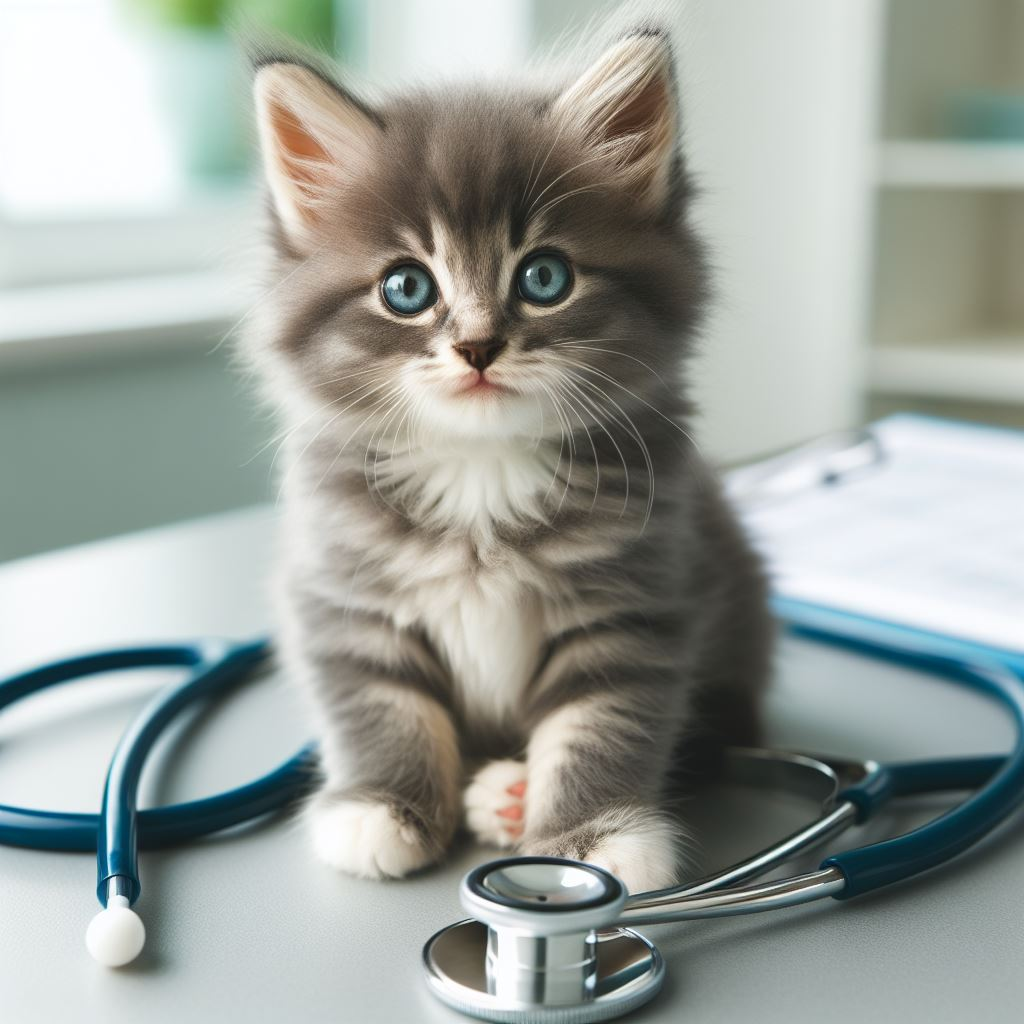
Raising Newborn Kittens: The Ultimate Guide for New Cat Parents
Welcome, new kitten parents! I’m so excited for you. But if those teeny tiny furballs have you feeling overwhelmed, take a deep breath. This comprehensive guide’s got you covered on everything you need to know about feeding, caring for, and raising healthy, happy kittens.
Keeping Kittens Warm and Cozy

“Aww, look at that little face!” I hear you. But before those snuggles, we gotta talk about temperature regulation. See, newborn kittens can’t control their own body heat until they’re around 3 weeks old. So step one is creating a warm nest for them to curl up in.
I suggest a heating pad covered with a soft blanket. That way, they can snuggle up when cold or scoot away when too hot. If you notice any kittens feeling chilled, tuck them inside your shirt or hold a warm washcloth against their bodies to raise their temperature. But don’t fully submerge them in hot water, as that can be dangerous.
Once they’re warm and cozy, then we can focus on feeling those tiny tummies.
Choosing the Right Kitten Formula
When it comes to nutrition, kittens need a specific formula tailored to their needs. Skip the dairy aisles, my friends. Cow’s milk can give them diarrhea, which no one wants to deal with. Go for a high-quality Kitten Milk Replacer (KMR) instead.
In a pinch, here’s a homemade kitten formula you can whip up:
- 1 can of evaporated milk
- 1 egg yolk
- 1 tablespoon Karo syrup
But only use that in emergencies, okay? The store-bought stuff is nutritionally balanced for kittens.
Feeding Techniques and Equipment
Now, how do we get that formula into those tiny bellies? I’m glad you asked.
You’ll need a kitten nursing bottle with an elongated nipple. Standard human baby bottles don’t always work because kittens have teeny tiny mouths. Test a few bottle types and watch to see if your kitten can latch properly.
When you find the right nipple, make sure the hole allows a slow, steady drip of formula. Too fast, and the kittens might choke. Too slow, and they’ll lose interest. Play around with a heated pin to adjust the hole size.
Oh, and always sterilize the bottles before each use! Kittens have practically no immune system, so keeping things squeaky clean is a must.
Feeding Schedules and Frequency
Here’s a handy guide on how often to feed kittens based on age:
- 0-10 days: Feed every 2 hours around the clock!
- 11 days – 2.5 weeks: Every 3-4 hours
- 2.5 – 4 weeks: Every 5-6 hours
- Over 4 weeks: Start weaning down the formula and transitioning to wet food
One tip, though: always feed them with tummies down on a flat surface. That helps prevent the formula from going down the wrong pipe into their lungs. Not fun for anyone!
Post-feed care for Diaper Changes and Burping
Think you’re done after filling those bellies? Not so fast, my friend.
Kittens under 4 weeks can’t pee or poop on their own, so you’ve gotta step in. After every feeding, use a warm, damp cloth or cotton ball to gently stimulate their bottoms until they go.
And just like human babies, kittens need to be burped, too. Hold them upright against your shoulder and gently pat or rub their backs. When you hear that big ol’ kitten burp, then you know air bubbles are out, and it’s time for nap time.
Watching for Health Issues
Be attentive, new parents! Here are some key things to keep an eye out for:
- Fleas: Not only are theychy and uncomfortable, but fleas can drain a kitten’s blood rapidly. Use a flea comb daily and consult your vet before using chemical treatments.
- Worms and parasites: These guys steal nutrition from an already compromised system. Have your vet advise on a deworming schedule.
- URIs: Upper respiratory infections are common in young kittens. Watch for eye/nose discharge and difficulty breathing.
If anything seems off – lethargy, diarrhea, loss of appetite – call your vet right away. Kittens go downhill fast. Better safe than sorry!
Weaning and Litter Training
Around 4 weeks old, those little jaws get strong enough to start nibbling solid foods. Exciting! Here are some tips on weaning kittens:
Transition slowly from formula to wet food by making a slurry paste they can lap up. Over a week or two, gradually thicken the texture while decreasing the formula.
By 8 weeks, your kitten should be chowing down crunchy kitten kibble with ease! Then you can finally retire those middle-of-the-night feedings (insert cheers here).
While teaching them to eat solid foods, start litter training too. Place kittens in a shallow litter box after meals and naps. They’ll quickly associate the box with elimination. Expect some accidents at first, though. Kittens under 4 months have limited bladder control.
Raising Happy, Healthy Kittens
Well, there you have it – my ultimate crash course on caring for newborn kittens. It’s a tiring but rewarding journey raising these tiny furry creatures. Keep an eye on their changing needs. Weigh them regularly to ensure proper growth. Get those vaccinations on schedule. And give them lots of cuddles along the way!
With some diligence, attentive care, and lots of love, you’ll have a healthy, well-adjusted cat for years to come. Congrats on your new family members!


Leave a Reply